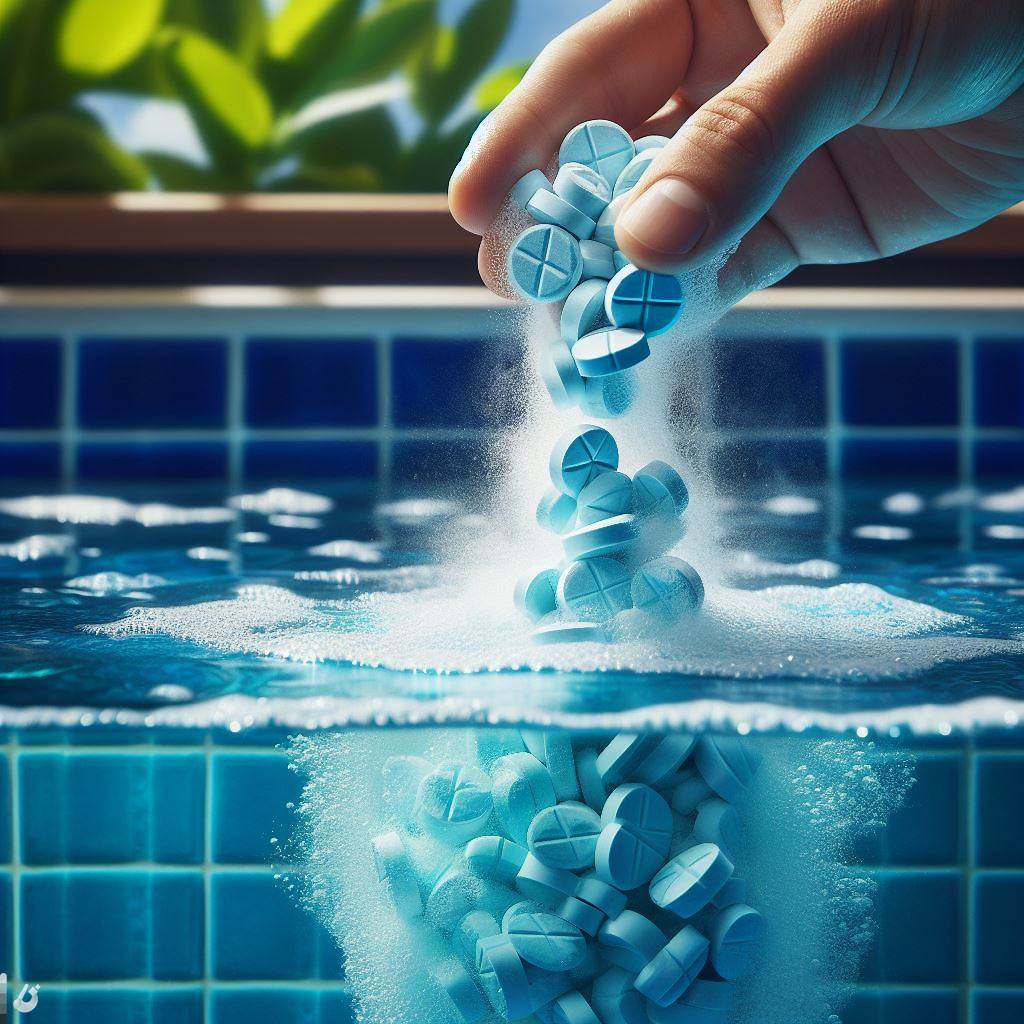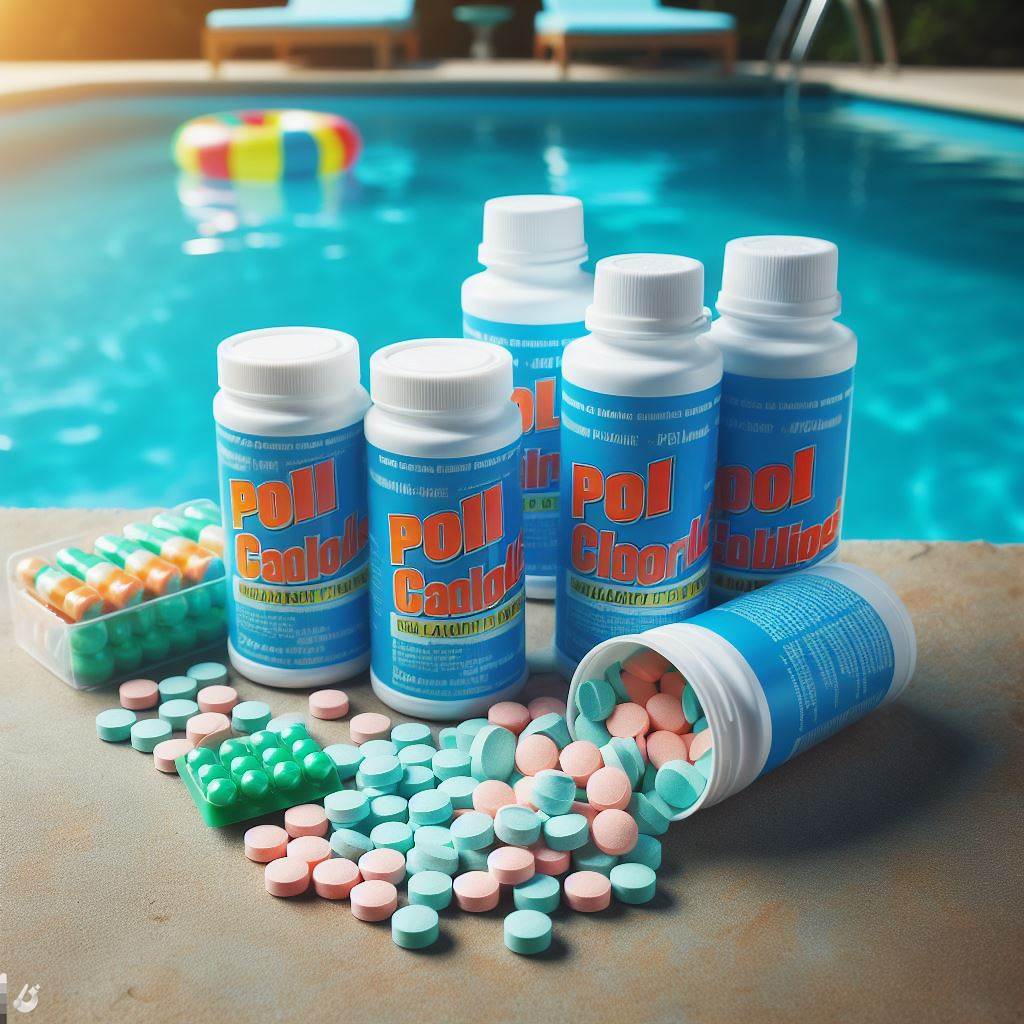In the ever-evolving landscape of environmental stewardship and sustainable living, every step towards greener solutions matters. Chlorine tablets, once synonymous with water treatment in pools, spas, and even drinking water disinfection, are now undergoing a paradigm shift towards eco-friendliness. This transition promises not just a reduction in environmental impact but also enhanced safety and efficacy. Here’s a comprehensive exploration of the anticipated changes that the chlorine tablet industry’s eco-friendly upgrade brings to the forefront, fueling our collective excitement for a cleaner, safer future.

I. Reduced Environmental Footprint
1. Biodegradable Ingredients:
One of the most significant changes we can expect is the incorporation of biodegradable ingredients into chlorine tablets. By substituting traditional, non-renewable components with naturally occurring or rapidly decomposing materials, these tablets minimize their long-term harm to aquatic ecosystems and surrounding landscapes.
2. Lower Toxicity Levels:
Eco-friendly chlorine tablets strive to reduce or eliminate toxic byproducts, such as chloramines and trihalomethanes, which can form during the chlorination process and harm aquatic life. This not only protects fish and other organisms but also improves the overall quality of recreational and drinking water.
3. Sustainable Packaging:
Alongside the product itself, eco-conscious packaging is a must. Expect to see recyclable, biodegradable, or even compostable materials replacing conventional plastics, further reducing waste and promoting circular economy practices.
II. Enhanced Safety for Users and the Public
1. Skin and Eye Irritation Reduction:
By refining the chemical composition, new-generation chlorine tablets aim to minimize irritation to users’ skin and eyes, making pool maintenance a more pleasant experience for both professionals and homeowners.
2. Reduced Chlorine Odor:
A common complaint with traditional chlorine tablets is their pungent odor. Eco-friendly alternatives often address this issue by optimizing the release of chlorine gas, resulting in a more pleasant atmosphere around pools and spas.
3. Non-Corrosive Formula:
Corrosion of pool equipment and surfaces is a costly issue. Eco-friendly tablets often incorporate formulations that are less aggressive towards metals, extending the lifespan of pumps, filters, and other vital components.
III. Improved Efficacy and Performance
1. Longer Lasting Chlorination:
Advanced technologies enable eco-friendly chlorine tablets to maintain effective chlorination levels for extended periods, reducing the frequency of tablet addition and thus saving time, effort, and resources.
2. Broad-Spectrum Disinfection:
Some innovative tablets now boast of broader disinfection capabilities, targeting not just bacteria but also viruses, algae, and other microorganisms, ensuring a cleaner and healthier water environment.
3. Self-Regulating Release:
Intelligent designs allow certain eco-friendly tablets to self-adjust their chlorine release based on water conditions, ensuring optimal disinfection while minimizing over-chlorination and potential negative side effects.
IV. Consumer Education and Awareness
1. Increased Transparency:
Manufacturers of eco-friendly chlorine tablets are likely to enhance product labeling and packaging with clearer information on ingredients, environmental impact, and usage instructions, empowering consumers to make informed choices.
2. Educational Campaigns:
To drive adoption and foster a culture of environmental responsibility, industry leaders will likely launch educational campaigns highlighting the benefits of eco-friendly alternatives and debunking misconceptions about their efficacy.
3. Collaboration with Experts:
Partnerships with environmental organizations, water treatment experts, and health authorities will strengthen the credibility of these products and facilitate the dissemination of knowledge on sustainable water management practices.

V. Innovation and Research-Driven Development
1. Continuous Improvement:
With the global push towards sustainability, research and development in the field of eco-friendly chlorine tablets will be relentless. Expect continuous improvements in formulation, efficacy, and environmental compatibility.
2. Alternative Technologies:
The eco-friendly transition may also spur the exploration of alternative water treatment technologies, such as ozone generation, UV disinfection, and mineral-based sanitizers, fostering a more diverse and innovative marketplace.
3. Customization for Specific Needs:
Recognizing that every water body and application has unique requirements, eco-friendly chlorine tablets may evolve to offer customized solutions tailored to specific needs, from residential pools to commercial water parks and even drinking water systems.
Conclusion
In conclusion, the eco-friendly upgrade of chlorine tablets represents a pivotal moment in the pursuit of sustainable water management. By embracing these anticipated changes, we can collectively contribute to a healthier planet, safer water environments, and a more informed, environmentally conscious society. As consumers and stakeholders, our enthusiasm and support for these advancements will be instrumental in driving the industry forward, shaping a brighter future for all.

 Instant
Quote
Instant
Quote Email
Us
Email
Us